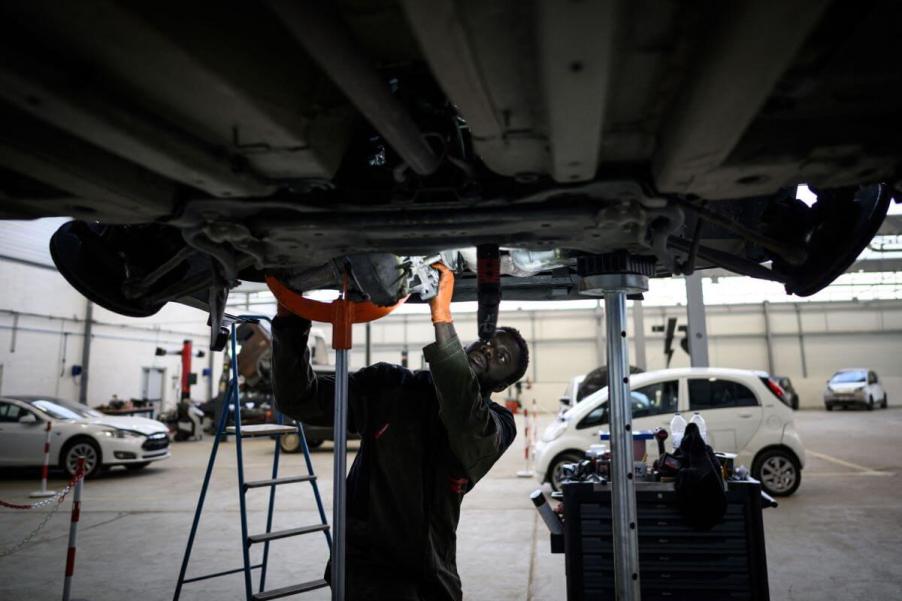
The Amount of Parts Needing Maintenance in an EV Compared to an ICE May Surprise You
Countries, automakers, and regular people are switching to EVs, and owning an EV will be a different experience than owning a gas-powered car. With that being said, EVs are still cars, and just like with their gas-powered counterparts, EV owners will also have to keep up with their EV’s maintenance needs.
Still, there are some differences between EV maintenance and the maintenance of regular cars. Here’s a look at how one of those big differences involves the number of parts that need care in the first place.
The rise of EVs is only going to accelerate

There are many reasons why electric vehicles are poised to be the future of cars, but climate change is the largest and most pressing one. EVs can be an effective way to reduce emissions, and as a result, governments around the world are investing heavily in EVs. Many governments, from California to the United Kingdom to China, are also setting a deadline for when the last gas-powered cars can be sold, at around 2035.
As such, automakers are scrambling to build more EVs to meet those laws, though some have an earlier start than others. Tesla, for example, is the pioneering EV automaker, and it will likely play a significant role in America’s transition toward electric cars. The Tesla Model Y and Model 3 are some of its most popular EV options, but many drivers may be skeptical about buying a Tesla.
The good news is that the major traditional automakers, such as Ford, GM, Kia, Toyota, and Volkswagen, are also making the transition. The Ford F-150 Lightning is an excellent example of what the future of EVs may look like. In fact, the Lightning looks like a regular truck, except it’s electric. Of course, the fact that it’s electric does make maintaining the Lightning a different experience than caring for an ICE-powered F-150.
There’s a big difference in the parts that require maintenance in an EV
As Napa Blog wrote, maintaining an EV is generally similar to maintaining a regular car. Both are vehicles, and they both have parts such as wheels and windows. Therefore, those parts will require the same types of maintenance.
The main difference between the two, however, is under the hood. An engine is a very complex machine, and a typical engine may have about 200 parts that need to be looked after with maintenance or repairs. That’s just the number of parts that are in the engine. The transmission is another complex machine with plenty of parts that can break down.
In comparison, most EVs don’t have a traditional transmission, so owners don’t have to worry about transmission-related component problems. Furthermore, instead of an engine, EVs have electric motors. Those only have about 20 parts that may require maintenance.
Here are some examples of EV maintenance needs
Since EVs have far fewer parts that could break down compared to a gas-powered engine, electric vehicle maintenance tends to be easier than gas-powered car maintenance. That said, since EVs are more expensive than gas-powered cars, replacing broken EV parts may cost a lot. This is especially true if the EV’s battery is faulty.
It’s rare for an EV’s battery to be faulty, but other types of maintenance are more common with EVs than with gas-powered cars. For example, EVs are heavier than regular cars, and that extra weight means their tires will wear down faster. As such, electric car owners typically need to buy special tires for their vehicles and will likely need to replace them more often too.




